
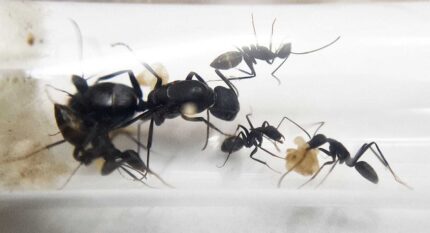
Camponotus albosparsus
$38.32 – $79.41Price range: $38.32 through $79.41
Worldwide shipping
Free delivery over 999 PLN
The highest quality of goods
Live delivery guarantee
24/7 Personal Support
Fair Prices
Description
Camponotus albosparsus is a monogynous ant species with colony size up to 1000 workers. They have a fast development speed. The queen measures 12-13mm while workers are 4-6mm and majors are 8-10mm. Their color is a combination of brown legs and a yellowish brown chest. They consume food insects, syrup, fruits, vegetables, and jelly.
Additional information
| Behavior | |
|---|---|
| Difficulty in breeding | |
| Origin | |
| The size of ants | |
| Wintering |
Camponotus albosparsus
- Colony Type: Monogyny
- Colony Size: Up to 1000 workers
- Development Speed: Fast
Size
- Queen: 12 – 13 mm.
- Workers: 4 – 6 mm.
- Major: 8 – 10 mm.
Color: brown-black
Nutrition
- Food insects (such as cockroaches and crickets) dead, or live if colony is big
- Syrup (a mixture of water and honey or sugar, with a ratio of 4/3 water:1)
- Fruits and vegetables
- Jelly
- Cooked chicken without salt, shrimps
- Honey
Don’t forget to check out our food products to ensure a well-balanced diet for your colony!
Humidity and Temperature
The proper humidity and temperature levels are crucial for the well-being and success of your Camponotus albosparsus colony. Provide the following conditions:
- Arena Humidity: 30% and 50%
- Nest Humidity: 50% and 70%.
- Arena Temperature: 21°C and 35°C.
- Nest Temperature: 24°C and 28°C.
Feature of the species
The Acanthomyrmex thailandensis is known for its unique characteristics:
- Usually, a colony consists of 1-3 Queens
- Soldiers are larger than queens
- They have a huge head disproportionate to the body
These distinct features make the Acanthomyrmex thailandensis an intriguing species to observe and study.
Recommended Nests for breeding
- Acrylic nests
- Cork nests
- Ytong nests
- Gypsum
- Soil




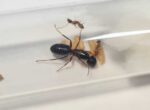
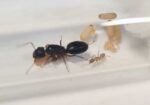
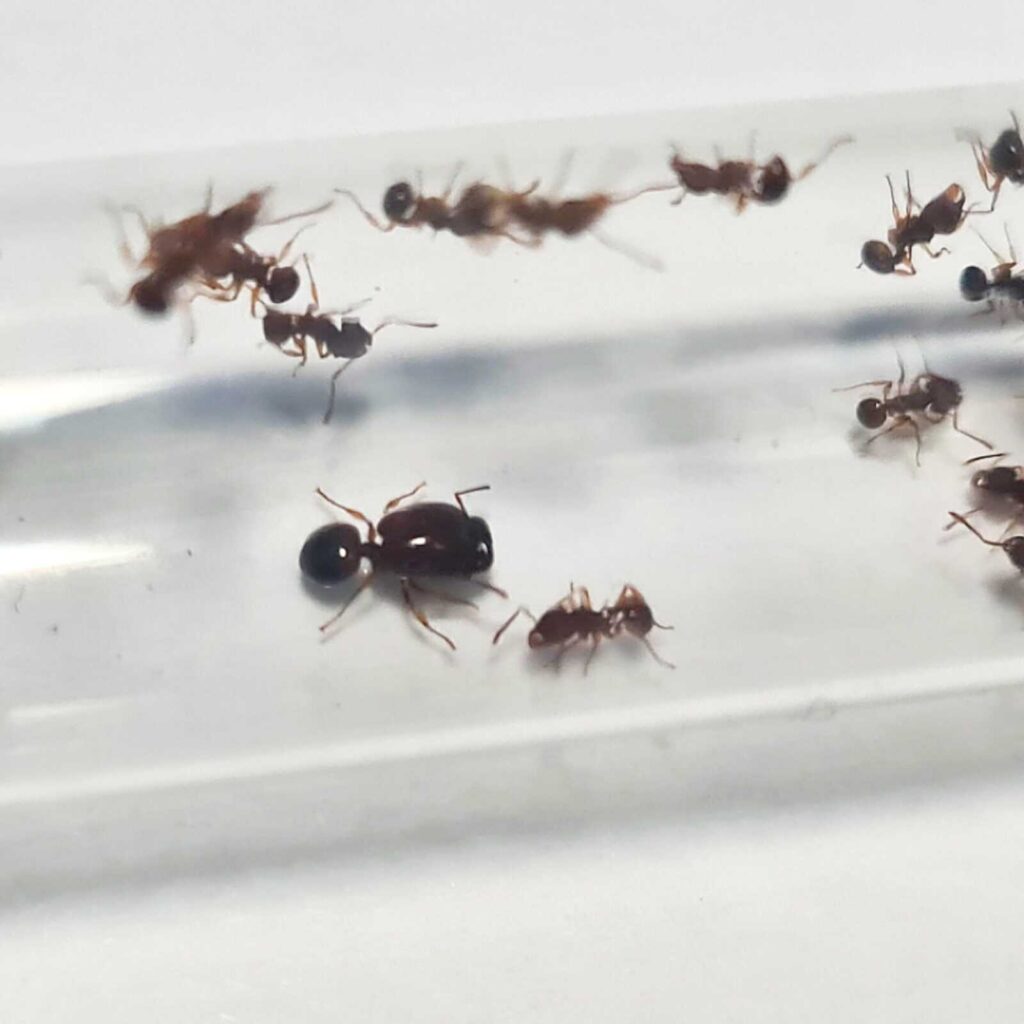
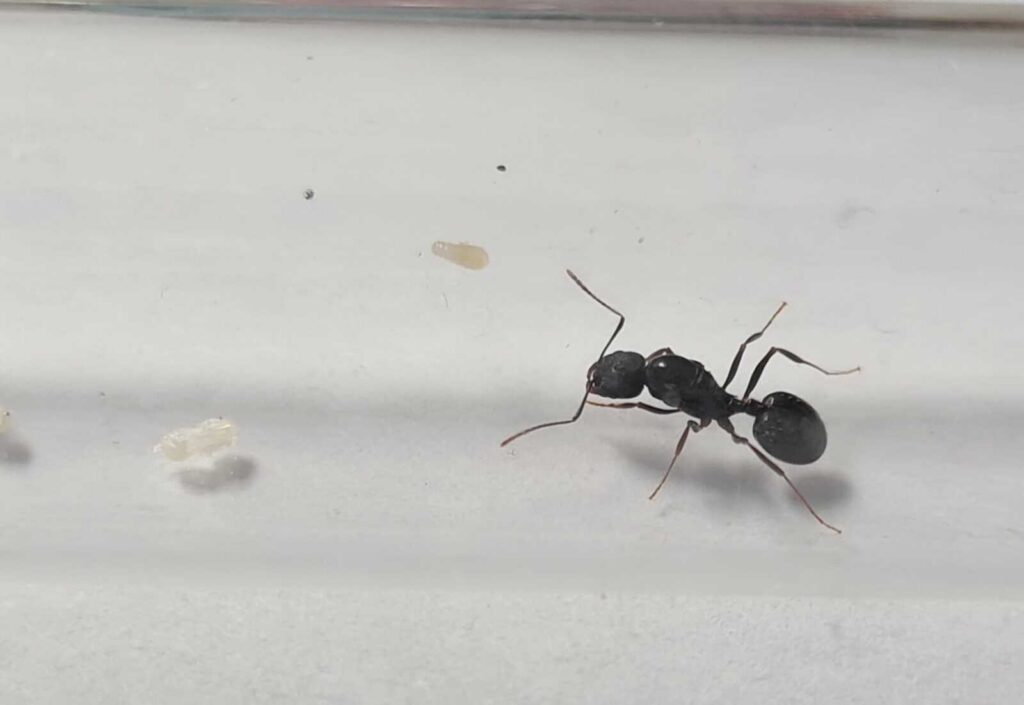
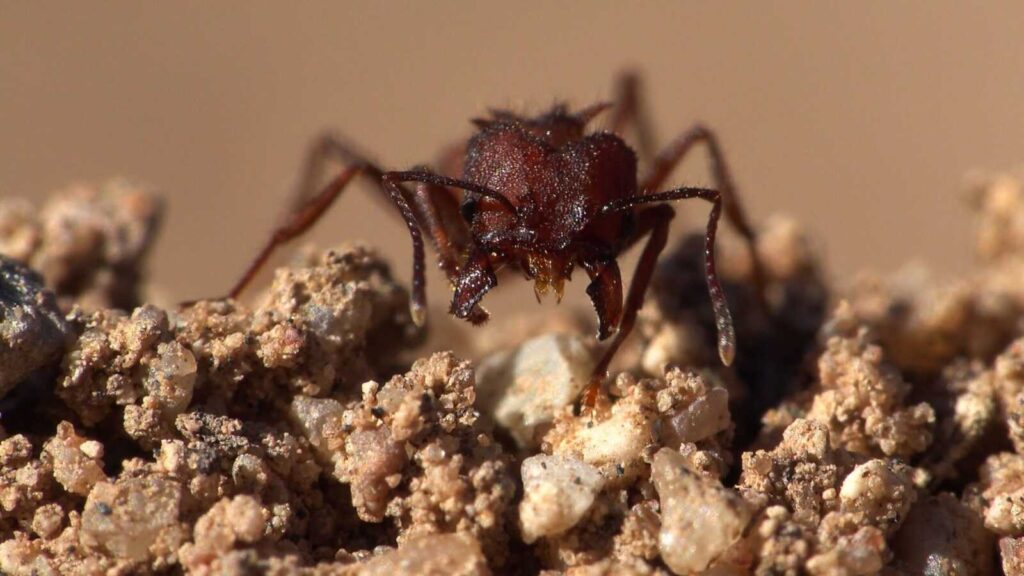
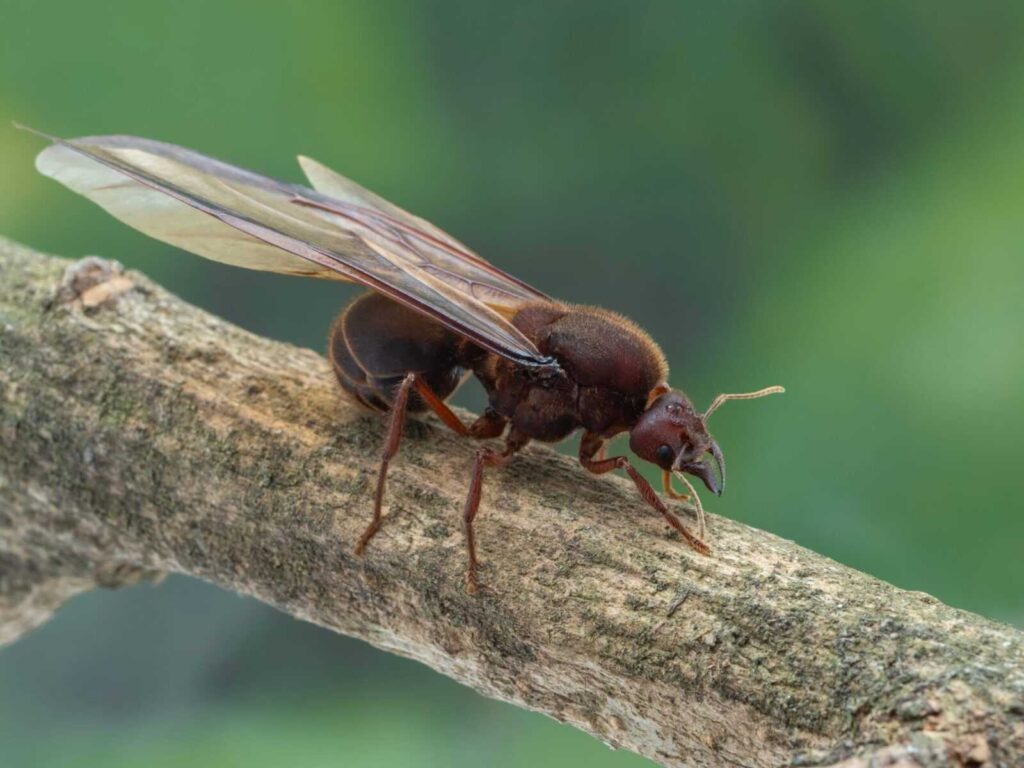
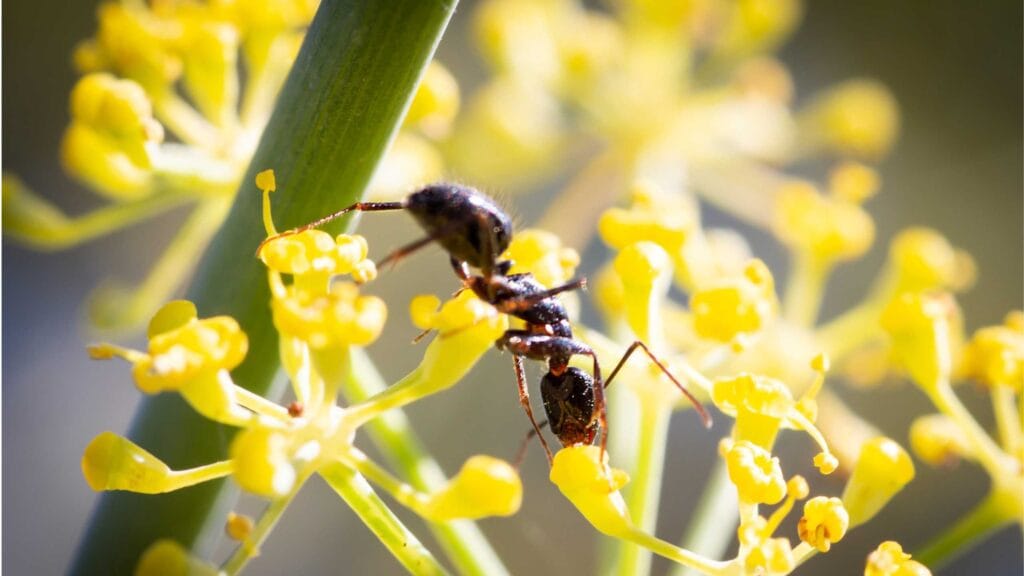
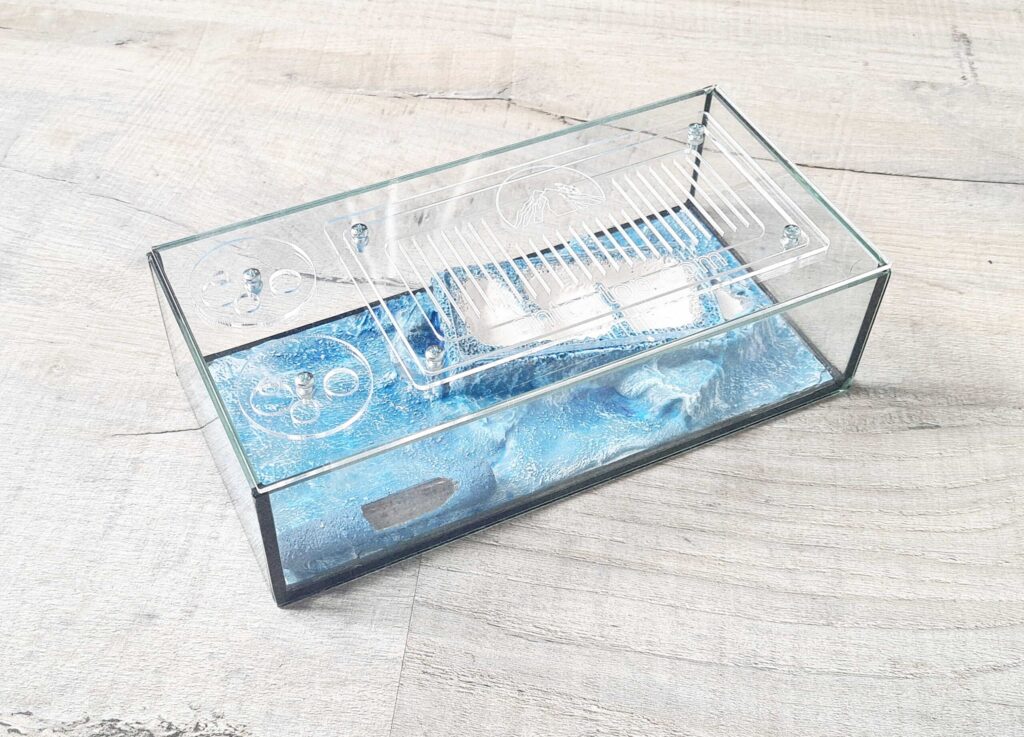
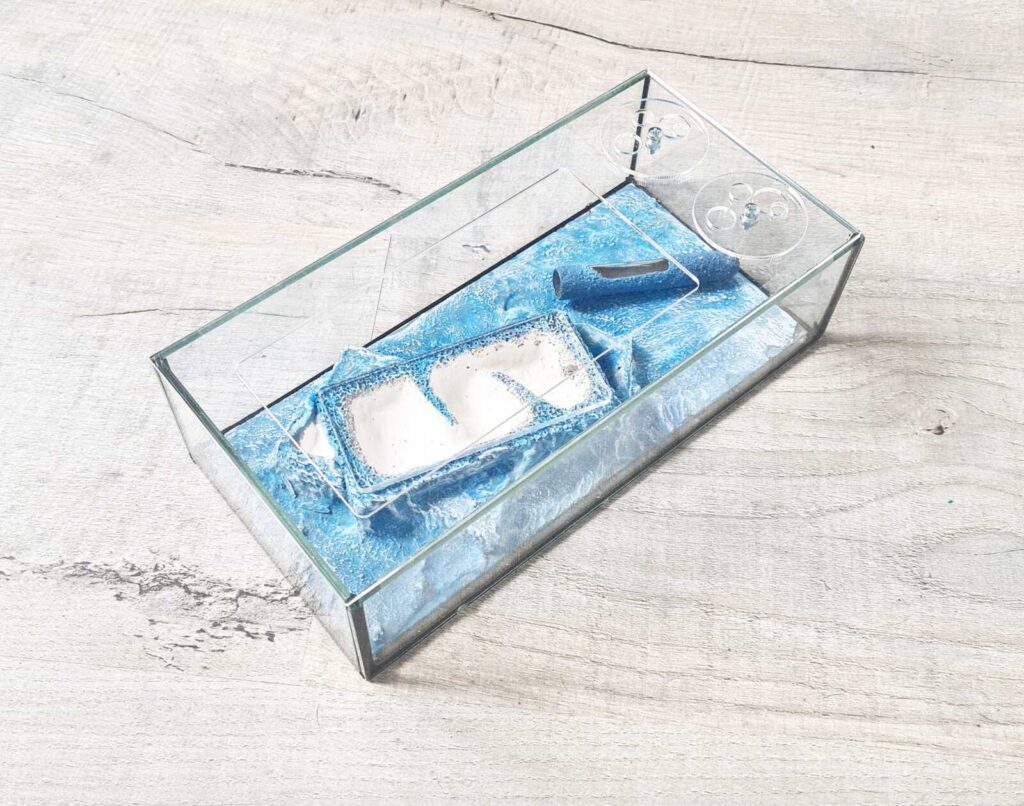

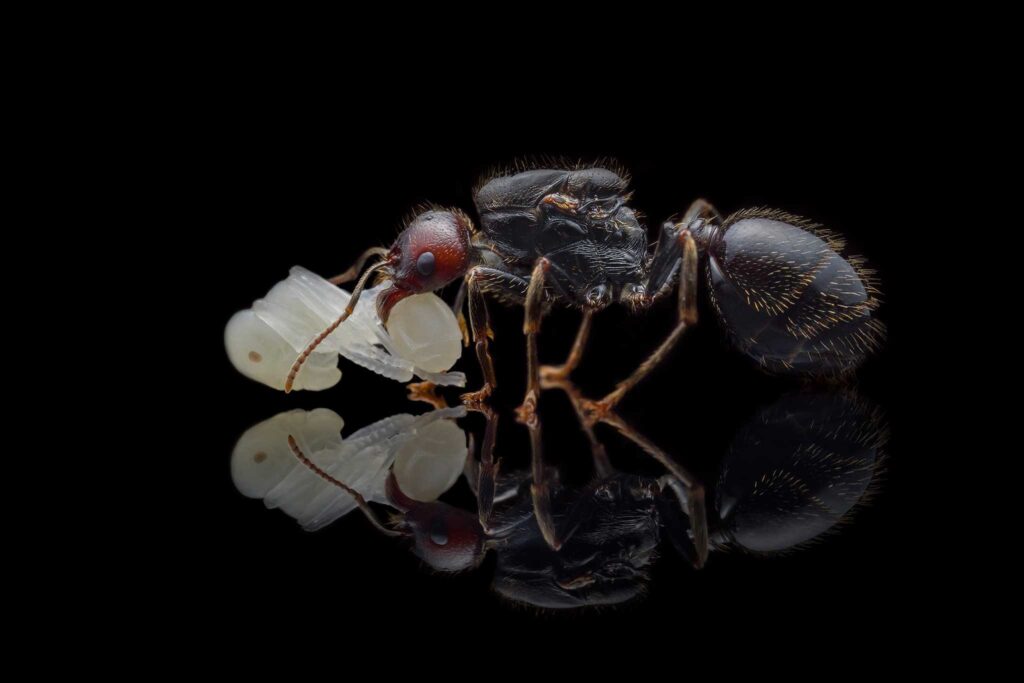
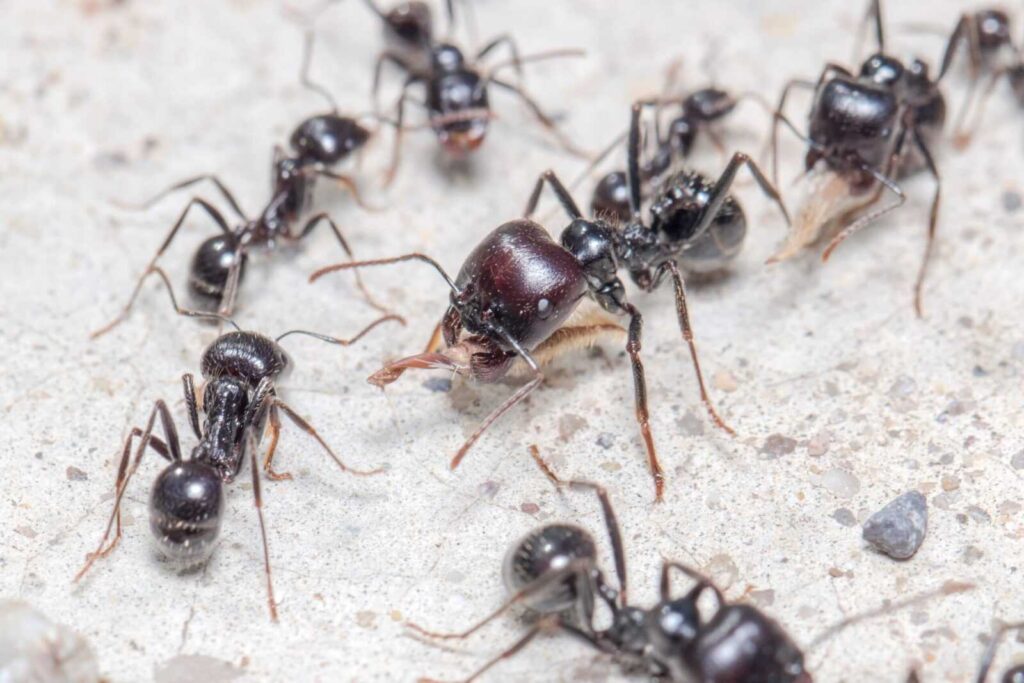





Reviews
Clear filtersThere are no reviews yet.